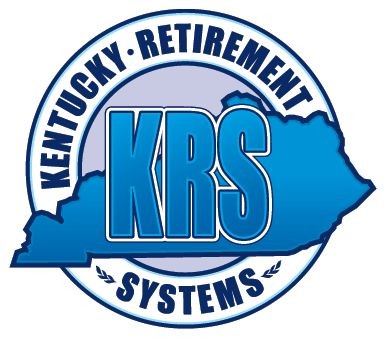
Overview
 Our Philosophy
Our Philosophy
 Our Process
Our Process
 Sustainable Investing
Sustainable Investing
 Our History
Our History
 Our Values
Our Values
 Community Partnerships
Community Partnerships
 News & Events
News & Events

Woops! It looks like the blog post you're trying to read isn't available at this time ... sorry. Please try refreshing this page or returning at a later time.

|
|







